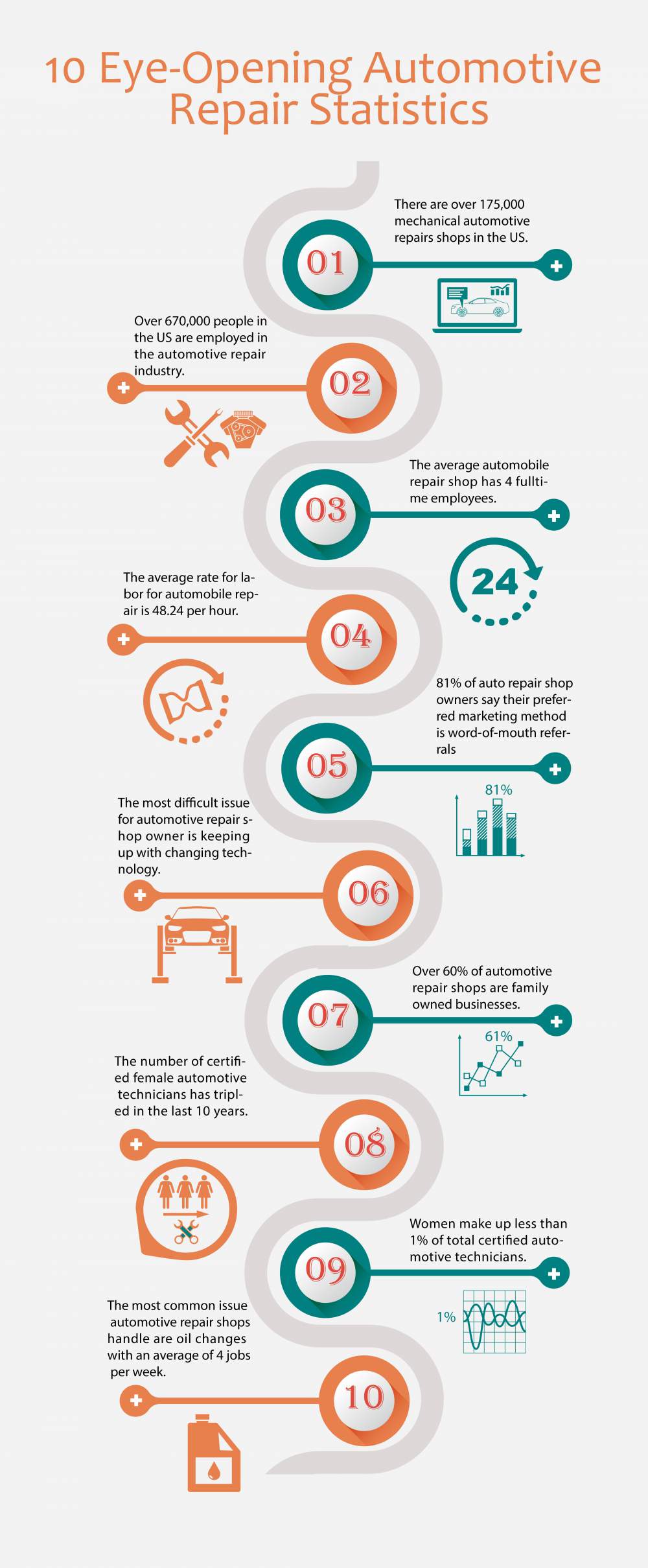When you're behind the wheel, those glowing warning lights on your dashboard can be a little bit perplexing. Do you understand what they're attempting to inform you about your cars and truck's health? Comprehending the value of these lights is essential for your safety and the longevity of your vehicle. So, the following time one of those lights turns up, would not you wish to decipher its message accurately and take the required actions to address it?
Common Warning Lights and Interpretations
Identify typical caution lights in your vehicle and recognize their meanings to make certain secure driving.
The most typical caution lights include the check engine light, which signifies problems with the engine or emissions system. If this light comes on, it's critical to have your automobile examined without delay.
The oil pressure warning light shows reduced oil stress, calling for instant attention to stop engine damage.
A blinking battery light may recommend a damaged billing system, possibly leaving you stranded if not resolved.
The tire stress surveillance system (TPMS) light informs you to low tire pressure, affecting car security and gas efficiency. Disregarding this could bring about unsafe driving problems.
The abdominal muscle light indicates an issue with the anti-lock braking system, endangering your capacity to stop rapidly in emergency situations.
https://chassispartscar95173.blog-gold.com/38728048/endeavor-into-the-domain-name-of-expert-auto-detailing-where-you-can-gain-from-the-knowledge-of-a-notable-specialist but not least, the coolant temperature level cautioning light warns of engine overheating, which can result in extreme damage if not fixed promptly.
Comprehending visit my website will certainly help you resolve issues quickly and maintain secure driving conditions.
Value of Prompt Interest
Comprehending the typical caution lights in your vehicle is just the first step; the significance of quickly dealing with these cautions can not be emphasized enough to guarantee your security when driving.
When a warning light illuminates on your control panel, it's your auto's method of interacting a potential issue that requires attention. Ignoring these cautions can result in more extreme issues down the road, jeopardizing your safety and potentially costing you much more out of commission.
Prompt attention to advising lights can protect against failures and crashes. For example, a flashing check engine light can show a misfire that, if left neglected, could trigger damages to the catalytic converter. Addressing this without delay can save you from an expensive repair service.
In a similar way, a brake system warning light could indicate low brake liquid or used brake pads, important parts for your security when driving.
DIY Troubleshooting Tips
If you discover a caution light on your dashboard, there are a few do it yourself fixing suggestions you can attempt before looking for specialist assistance.
https://andresqkfyt.blog-a-story.com/11561660/comprehending-your-automobile-s-warning-lights-what-do-they-really-mean is to consult your cars and truck's handbook to understand what the particular warning light shows. Occasionally the problem can be as straightforward as a loosened gas cap causing the check engine light. Tightening the gas cap may fix the issue.
https://elliothyqiz.nizarblog.com/31360353/intrigued-in-recognizing-the-best-auto-repair-shop-close-to-you-check-out-the-leading-10-ideas-that-will-certainly-guide-you-in-making-an-enlightened-decision is a reduced battery, which can activate numerous warning lights. Checking the battery links for deterioration and guaranteeing they're secure may fix the trouble.
If a warning light persists, you can attempt resetting it by disconnecting the automobile's battery for a couple of minutes and afterwards reconnecting it. Furthermore, examining your automobile's liquid levels, such as oil, coolant, and brake liquid, can help repair alerting lights connected to these systems.
Final thought
Finally, comprehending your vehicle's caution lights is essential for keeping your vehicle running smoothly and securely. By quickly dealing with these alerts and knowing what they indicate, you can prevent pricey repair services and possible break downs.
Keep in mind to consult your car's handbook for particular information on each alerting light and take action appropriately to guarantee a trouble-free driving experience.
Stay notified, remain safe when driving!
